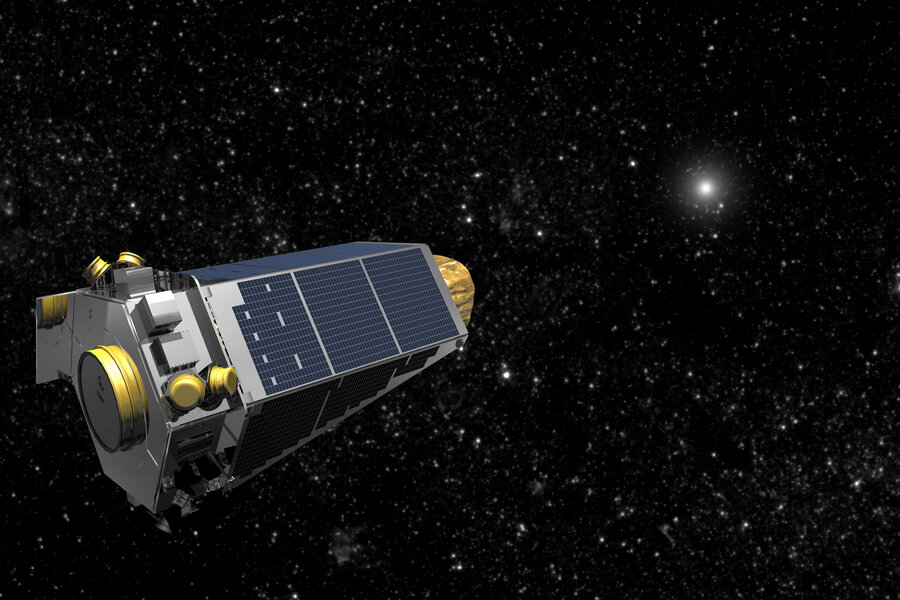Kepler gets back to work after 'emergency mode' scare
Loading...
NASA's planet-hunting telescope Kepler has been restored to health after it unexpectedly set itself in emergency mode on April 7, the first time this happened in the seven years of its fruitful career.
"The Kepler spacecraft has been recovered and, as of 8:30 a.m. PDT today, it is back on the job," NASA reported on Friday.
Over the next week, engineers will be testing Kepler's systems to make sure everything is running smoothly and to figure out what caused it to shut down in the first place. But this won't get in the way of Kepler’s current mission, dubbed K2, which has the NASA telescope searching for exoplanets: planets orbiting stars other than the sun.
Kepler's illustrious career includes the detection of 1,000 such planets and 4,700 potential planets awaiting confirmation. It finds them by searching for planetary transits, the tiny dips in the brightness of a star as a planet crosses in front of it.
"Each result from the planet-hunting Kepler mission's treasure trove of data takes us another step closer to answering the question of whether we are alone in the universe," John Grunsfeld, associate administrator of NASA's Science Mission Directorate in Washington, D.C., said in a news release.
During the K2 mission that kicked off a couple of years ago, Kepler has already discovered more than three dozen exoplanets, with more than 250 candidates awaiting confirmation. These lie in what astronomers call the "habitable zone," the perfect distance between a planet and its star that allows the planet to host liquid water on its surface, which is thought to be a prerequisite for life.
A few of the planets Kepler has spotted are close to Earth-sized and orbit stars that are bright and relatively near, compared with Kepler's other discoveries, says NASA. This could allow astronomers to study these planets' atmospheres for signs of life by using the Hubble Space Telescope, a 26-year-old spacecraft exploring the cosmos, and the James Webb Space Telescope, Hubble's successor, which is due to launch in 2018.
Now that Kepler is back up and carrying out the rest of its K2 mission, it will take part in a global experiment in exoplanet observation called Campaign 9, where both Kepler and astronomers at ground-based observatories on five continents will simultaneously monitor the same region of sky towards the center of our galaxy to search for small planets, similar to Earth's size, that are orbiting very far from their host stars – think Jupiter and Saturn – or in some cases, orbiting no star at all, NASA says.
This time, scientists will use another method to detect and determine the mass of planets that orbit their stars at great distances. Astronomers will look for signs of gravitational microlensing, a phenomenon that occurs when the gravity of a foreground object, such as a planet, focuses and magnifies the light from a distant background star.
"While today's planet-hunting techniques have favored finding exoplanets near their sun, the outer regions of a planetary system have gone largely unexplored,” NASA says in a blog post. "In the exoplanet detection toolkit, scientists have a technique well suited to search these farthest outreaches and the space in between the stars."
This month's emergency mode status was concerning – it forced Kepler to burn quickly through its excess fuel in order to stay turned toward Earth for communication – but it wasn't the first time the telescope has faced challenges. In 2012 and 2013 Kepler lost two of the four wheels that allow it to accurately point itself toward stars.
But Kepler mission scientists figured out that they could use solar radiation pressure to mimic the stability effects of the missing wheels. In 2014, Kepler resumed operation with its K2 mission.






